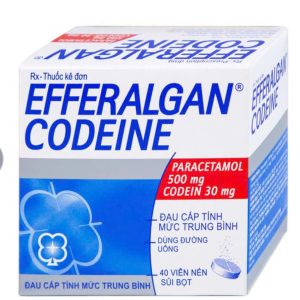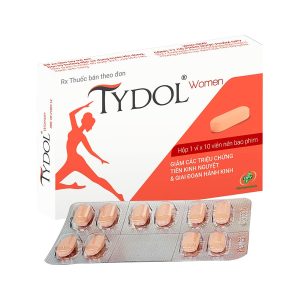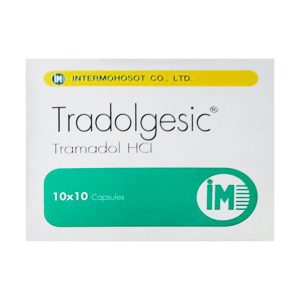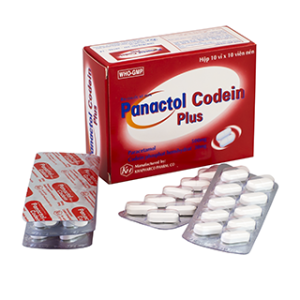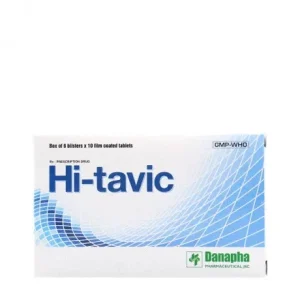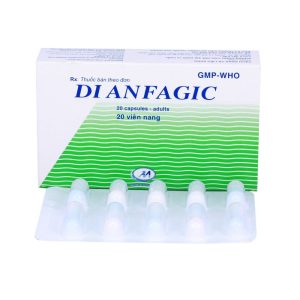We deliver to you every day from 7:00 to 23:00
The best discounts this week
Every week you can find the best discounts here.
Pain Meds for Muscle Soreness: The Best Solutions for Quick Relief
Muscle soreness is a common issue that everyone faces at some point, whether from intense exercise, heavy lifting, or even sleeping in an awkward position. Fortunately, there are many pain relief options available to alleviate discomfort and help your muscles recover quickly. In this guide, we’ll explore the most effective pain medications for muscle soreness, as well as some natural remedies to help reduce inflammation and speed up recovery.
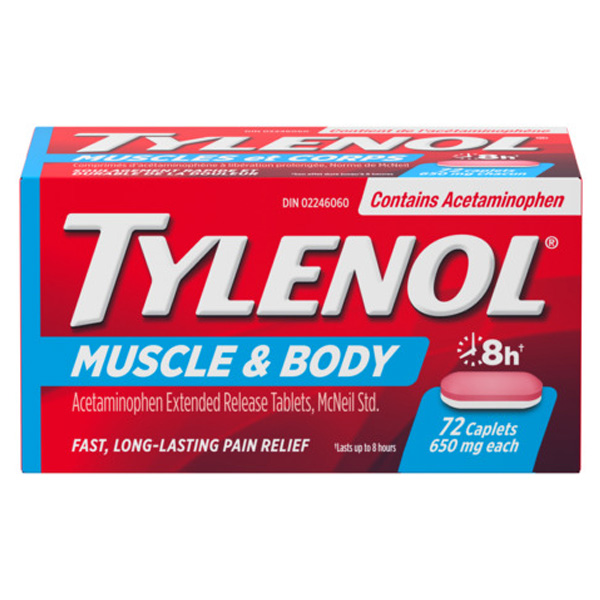
Understanding Muscle Soreness
Muscle soreness typically occurs after strenuous physical activity or overexertion. This condition, known as delayed onset muscle soreness (DOMS), can lead to stiffness, pain, and discomfort, usually peaking 24 to 48 hours after the activity. The soreness results from small tears in muscle fibers that heal over time, leading to stronger muscles.
What Causes Muscle Soreness?
-
Exercise: Intense physical activity, particularly weightlifting, cardio, or new exercise routines.
-
Overuse: Using muscles excessively without proper rest or stretching.
-
Injury: Muscle strains or sprains can cause inflammation and discomfort.
-
Posture: Poor posture during sleep or sitting for long periods can also lead to soreness.
Best Pain Medications for Muscle Soreness
When dealing with muscle soreness, medication can provide effective pain relief. The following pain medications are widely used to reduce pain and inflammation associated with sore muscles.
1. Nonsteroidal Anti-Inflammatory Drugs (NSAIDs)
NSAIDs, such as ibuprofen and naproxen, are commonly used to relieve pain and reduce inflammation caused by muscle soreness. These over-the-counter medications work by blocking the production of prostaglandins, which are chemicals that cause inflammation.
-
Ibuprofen (Advil, Motrin): Ideal for mild to moderate soreness, ibuprofen works quickly to reduce swelling and alleviate pain.
-
Naproxen (Aleve): This NSAID has a longer-lasting effect and is often preferred for sustained relief.
NSAIDs are effective, but prolonged use can lead to stomach irritation or other side effects. Always follow the recommended dosage.
2. Acetaminophen (Tylenol)
Unlike NSAIDs, acetaminophen (Tylenol) works by blocking pain signals in the brain but does not reduce inflammation. It’s a good option if you’re seeking relief from pain without the side effects of NSAIDs.
-
When to Use: Ideal for mild muscle pain or when anti-inflammatory effects are not necessary.
-
Caution: Take care not to exceed the recommended dose, as overuse can lead to liver damage.
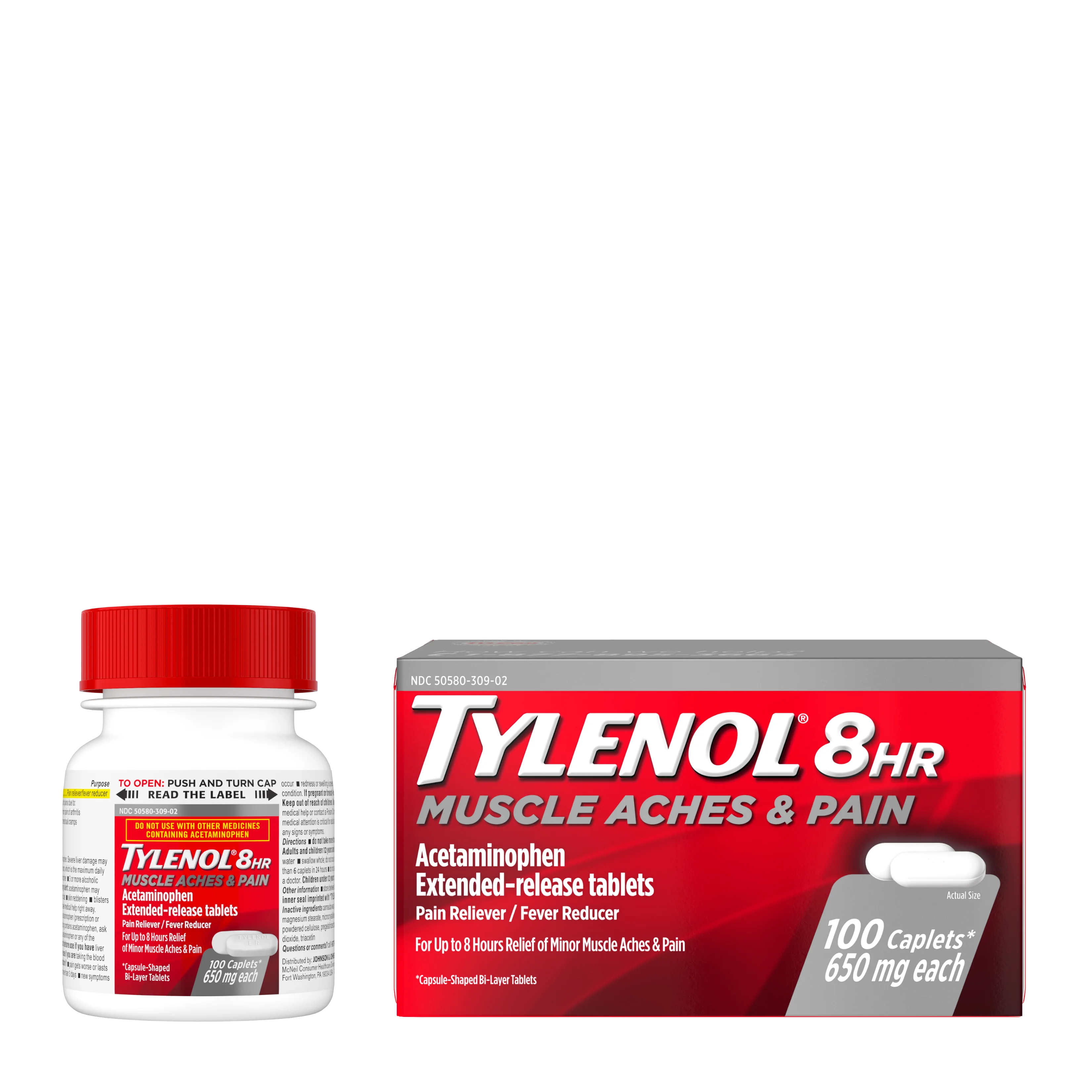
3. Topical Analgesics
Topical treatments, such as creams, gels, or patches, can be applied directly to the skin over the sore muscles. They often contain ingredients like menthol, capsaicin, or camphor to provide cooling or warming sensations that help to relax muscles and alleviate pain.
-
Examples:
-
Biofreeze and IcyHot are popular choices that work quickly to soothe sore muscles.
-
Voltaren (diclofenac gel) is a topical NSAID that helps reduce inflammation directly at the site of pain.
-
Topical analgesics are beneficial because they can target pain locally without the systemic side effects of oral medications.
4. Muscle Relaxants
In cases of muscle spasms or severe muscle tightness, muscle relaxants like cyclobenzaprine or methocarbamol may be prescribed. These medications work by blocking nerve impulses that cause muscle contractions, providing relief from cramping and spasms.
-
When to Use: Suitable for muscle spasms or if over-the-counter treatments are not effective.
-
Caution: These medications can cause drowsiness, so they should be used under the supervision of a doctor.
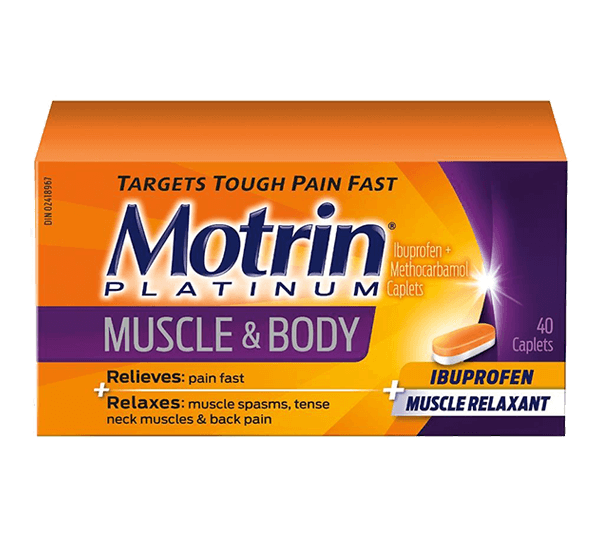
5. Corticosteroid Injections
For more severe muscle pain or inflammation, especially due to conditions like tendinitis or severe muscle strains, a healthcare provider may recommend corticosteroid injections. These injections help to reduce inflammation and provide fast, long-lasting relief.
-
How They Work: Steroids reduce inflammation, leading to pain relief and improved mobility.
-
When to Use: Typically used when other treatments have failed and the pain is interfering with daily life.
Natural Remedies for Muscle Soreness
In addition to medication, several natural remedies can provide relief from muscle soreness, promoting healing and improving flexibility. These remedies often work best when combined with proper rest and hydration.
1. Epsom Salt Baths
Soaking in an Epsom salt bath is a popular and relaxing way to ease muscle soreness. The magnesium in Epsom salts is absorbed through the skin, helping to relax muscles and reduce inflammation.
-
How to Use: Add 1-2 cups of Epsom salts to a warm bath and soak for 15-20 minutes.
-
Benefits: Helps relax muscles, reduces inflammation, and promotes recovery.
2. Stretching and Foam Rolling
Regular stretching and using a foam roller can help alleviate muscle tightness and soreness. Foam rolling targets the fascia, the connective tissue around your muscles, improving flexibility and circulation.
-
Foam Rolling: Focus on areas of tension, such as the calves, thighs, and back, to reduce tightness and increase blood flow.
-
Stretching: Incorporate gentle stretching into your daily routine to improve muscle length and reduce the risk of further injury.
3. Turmeric and Ginger Supplements
Turmeric and ginger are well-known for their anti-inflammatory properties and can help reduce muscle soreness and inflammation. Both can be consumed as supplements or added to meals.
-
Turmeric contains curcumin, which has been shown to reduce inflammation.
-
Ginger helps to alleviate muscle pain and stiffness through its natural anti-inflammatory compounds.
4. Cold and Heat Therapy
Alternating between cold and heat therapy is a simple yet effective way to relieve muscle pain. Ice packs can reduce inflammation, while heating pads can relax tight muscles and promote blood flow.
-
Cold Therapy: Apply ice to the affected area for 15-20 minutes to reduce swelling and numb sharp pain.
-
Heat Therapy: Use a heating pad or warm compress to relax muscles and alleviate stiffness.
When to Seek Medical Attention
While most muscle soreness resolves with at-home treatment, certain symptoms may require medical attention. Seek professional help if you experience:
-
Severe muscle pain that does not improve with rest
-
Swelling or bruising around the muscle
-
Inability to move or use the muscle
-
Pain following a traumatic injury, such as a fall or sports accident
FAQs About Pain Relief for Muscle Soreness
1. What is the fastest way to relieve muscle soreness?
The fastest way to relieve muscle soreness is through cold therapy to reduce swelling, followed by heat therapy to relax the muscles. Taking an NSAID like ibuprofen can also provide quick relief.
2. Is it safe to take Tylenol for muscle pain?
Yes, acetaminophen (Tylenol) is safe for mild muscle pain. However, it does not reduce inflammation, so it’s best for pain that isn’t accompanied by significant swelling.
3. Can muscle relaxants be used for sore muscles?
Yes, muscle relaxants are effective for pain caused by muscle spasms. However, they should only be used under a doctor’s supervision due to potential side effects.
4. How long does it take for muscle soreness to go away?
Muscle soreness typically peaks within 24-48 hours and can last anywhere from 3 to 7 days, depending on the intensity of the activity and the individual’s recovery rate.
Conclusion
Muscle soreness is a common but manageable condition, and with the right treatment, you can alleviate pain and speed up your recovery. Whether through NSAIDs, acetaminophen, or natural remedies like Epsom salt baths and foam rolling, there are numerous options available to help you feel better faster. Always listen to your body, and consult a healthcare provider if you experience severe or persistent pain.

